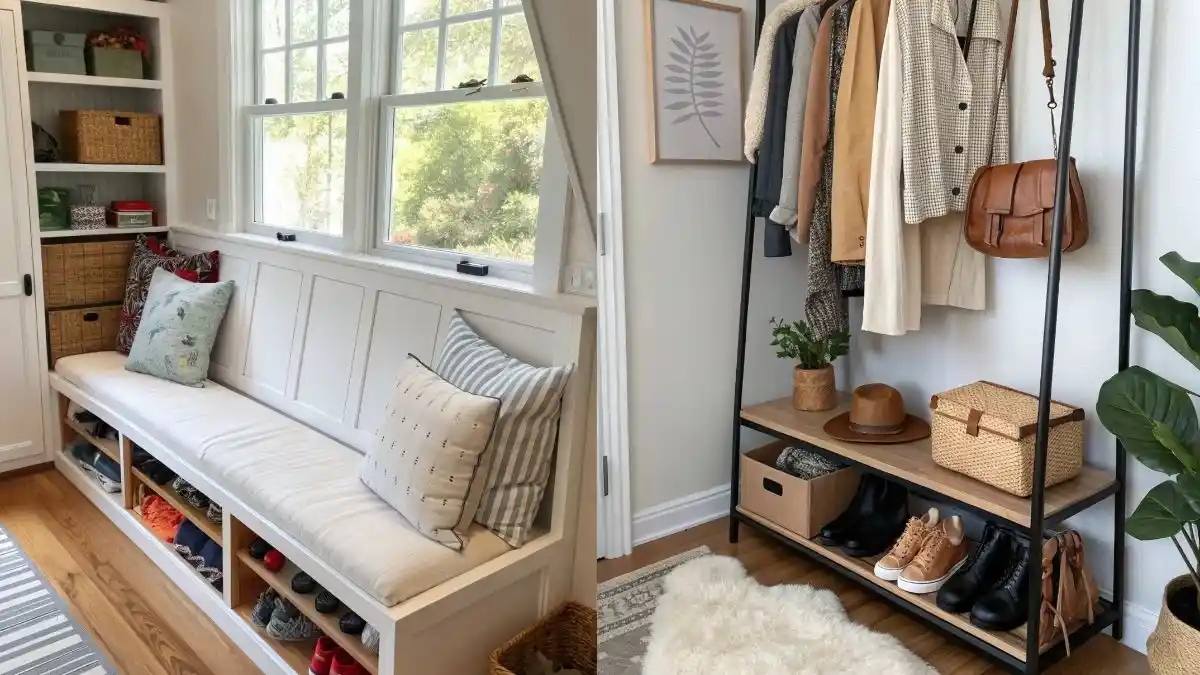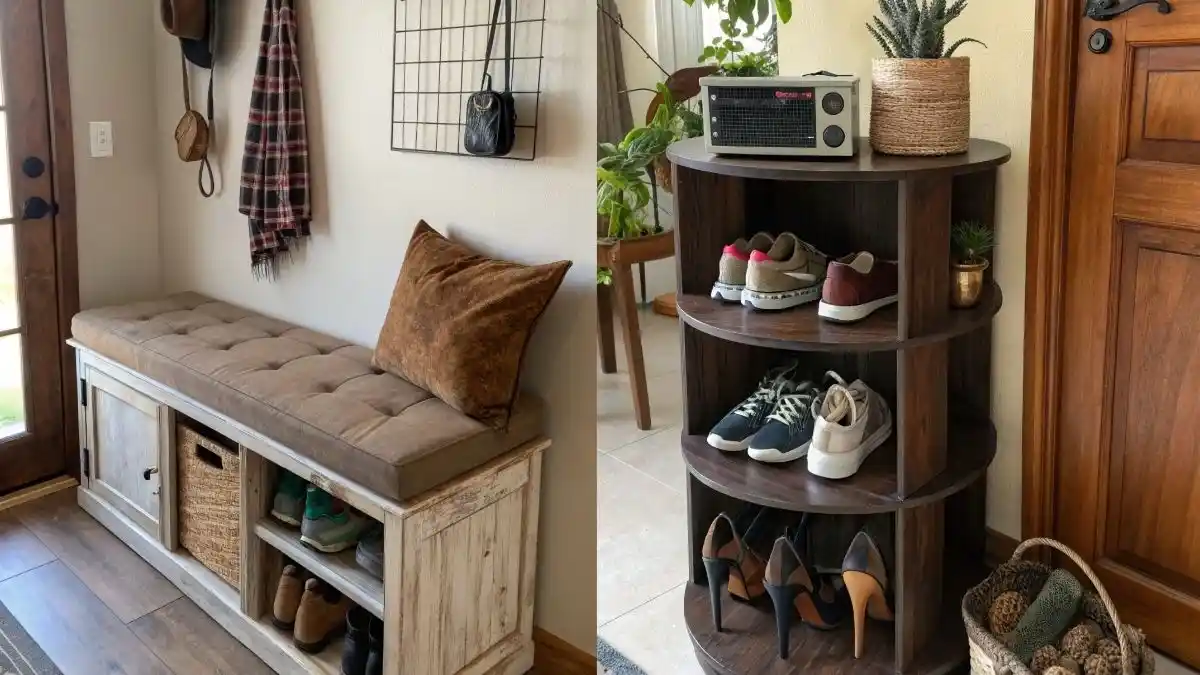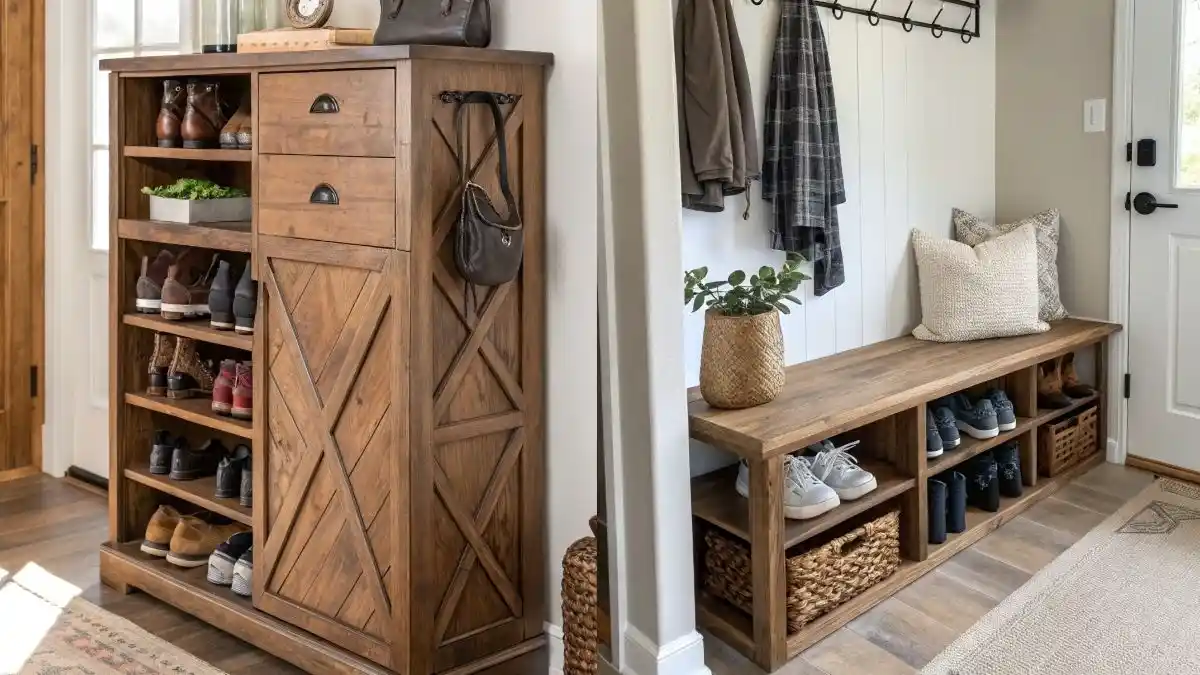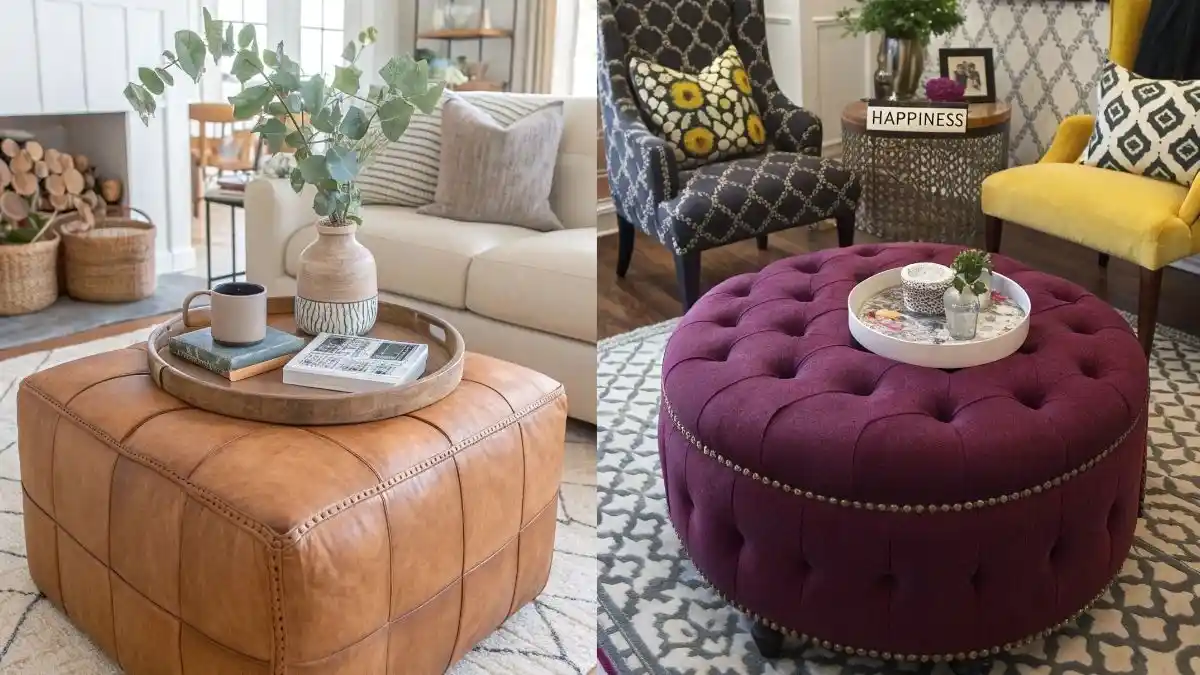It's so great to watch a bee dance from flower to flower or a butterfly flutter by in your garden. Their appearance adds color and movement to any yard. But not all flowers will attract pollinators.
If you want to see those bees or hummingbirds around, pick one of these 13 best flowers for pollinators to grow.
Tips To Pick The Right Flowers For Pollinators
Not all flowers are pollinators‘ favorites. Some are difficult to access, and others lack sufficient pollen or nectar.
Bees
Choose flowers with open, accessible cores that are purple, blue, orange, or yellow. Bees can't see red color well, so avoid it.
Butterflies
They are attracted to blossoms that are pink, crimson, white, purple, or yellow and have flat landing areas.
Hummingbirds
These small birds have long beaks and are drawn to bright yellow, red, and purple flowers with tubular shapes.
| Pro Tip Mix many types of flowers that bloom at different times to attract pollinators throughout the year. This helps provide food and shelter year-round for pollinators. Plus, this adds beauty to your garden. |
13 Best Flowers for Pollinators To Grow
Let’s check out the top picks of flowers for pollinators that will draw many bees, butterflies, and hummingbirds to your yard.
Sunflower
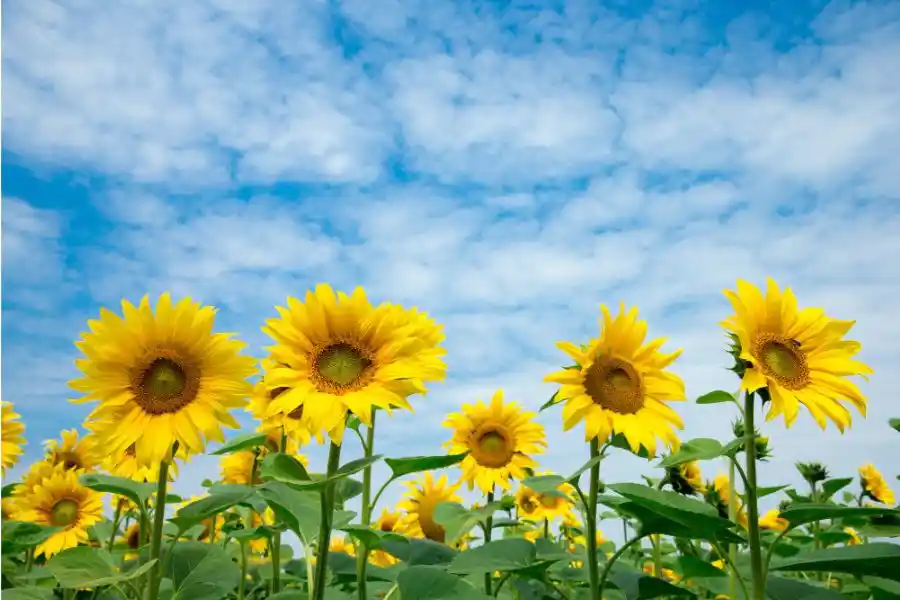
Bloom time: Summer to early fall
Sunflowers, with their brilliant, cheery yellow blossoms, are a favorite place of bees and butterflies. Their broad, open faces give pollinators a convenient place to land. Their fragrant scent also attracts pollinators.
Lavender
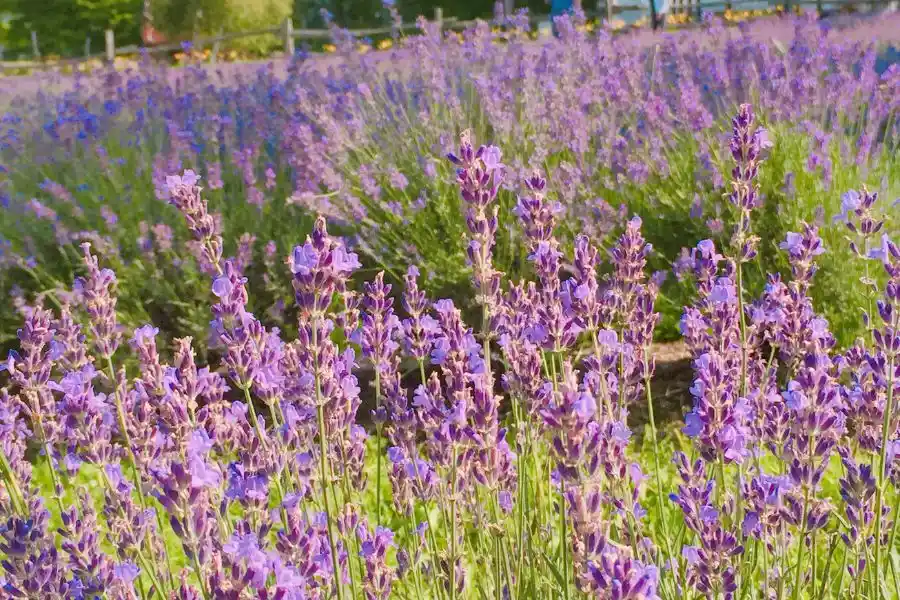
Bloom time: Late spring to early summer
Those purple lavender blossoms have a strong fragrance and are very popular with bees. It blooms for a long stretch of the growing season and provides plenty of nectar. It is also a lovely addition to any garden because of its calming scent.
Allium
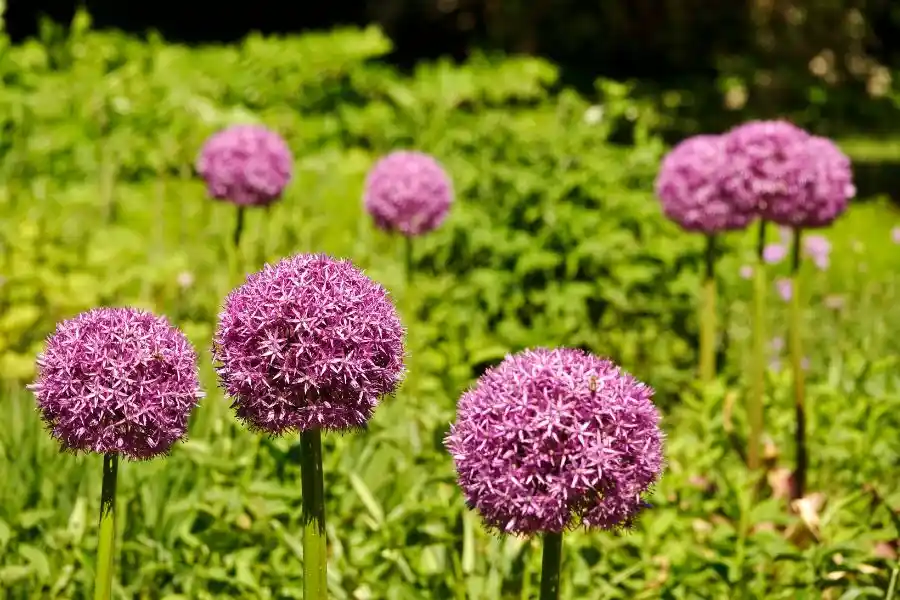
Bloom time: Late spring to early summer
These tall, globe-shaped flowers bloom in pink, white, and purple hues. Their clusters of tiny nectar-rich flowers attract hummingbirds, bees, and butterflies.
Additionally, alliums add a striking texture and height to any pollinator-friendly landscape.
Catmint
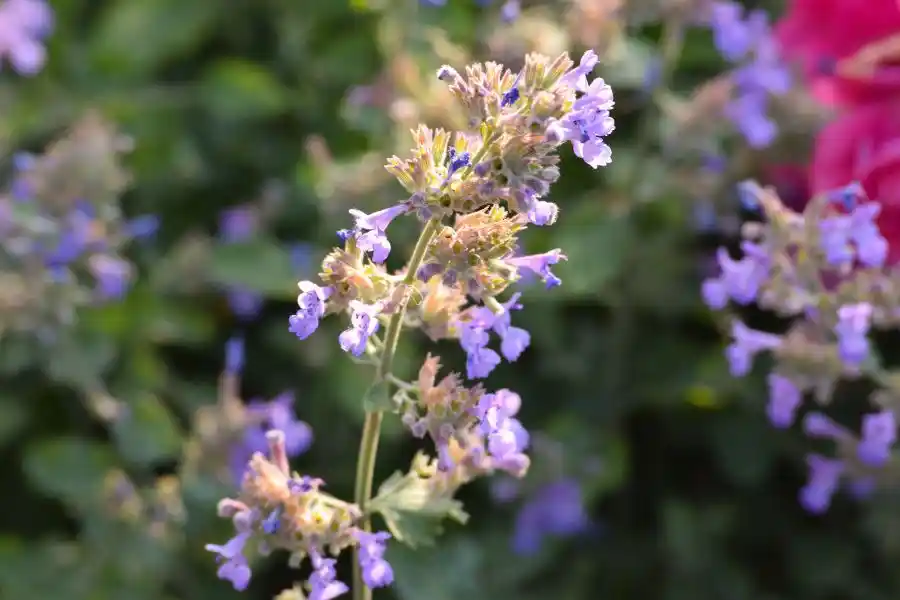
Bloom time: Late spring to fall
Catmint attracts bees and butterflies with its fragrant leaves and delicate lavender-blue blooms. It provides consistent nectar from its early summer to fall blooms. It's a hardy, easy-to-grow plant that adds color to your garden.
Tickseed
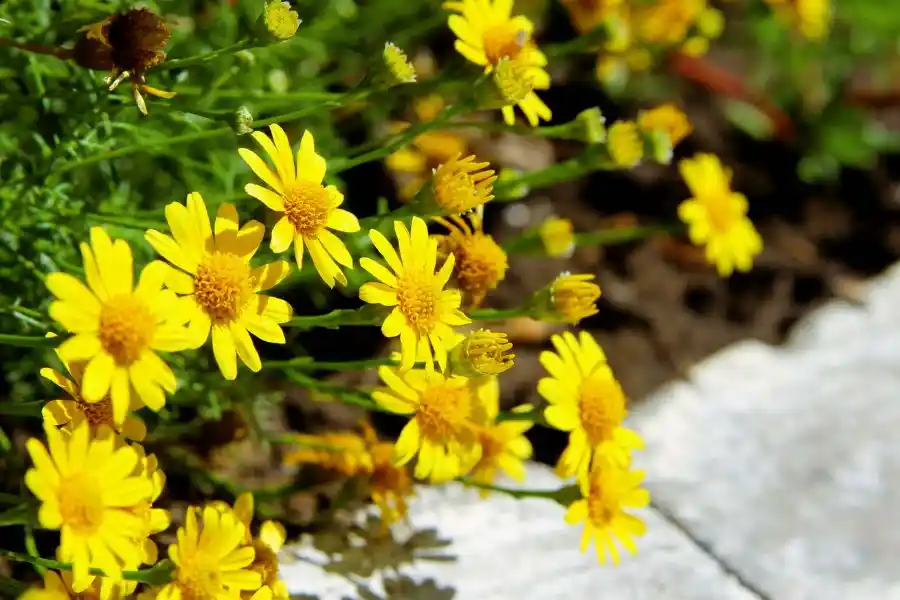
Bloom time: Early summer to fall
Tickseed is well-known for its bright yellow, red, and orange blossoms. It attracts bees, butterflies, and other helpful insects. It has simple and open blossoms, making it easy for pollinators to access nectar.
Tickseed blooms all summer long and brings bright pops of color to any yard.
Milkweed
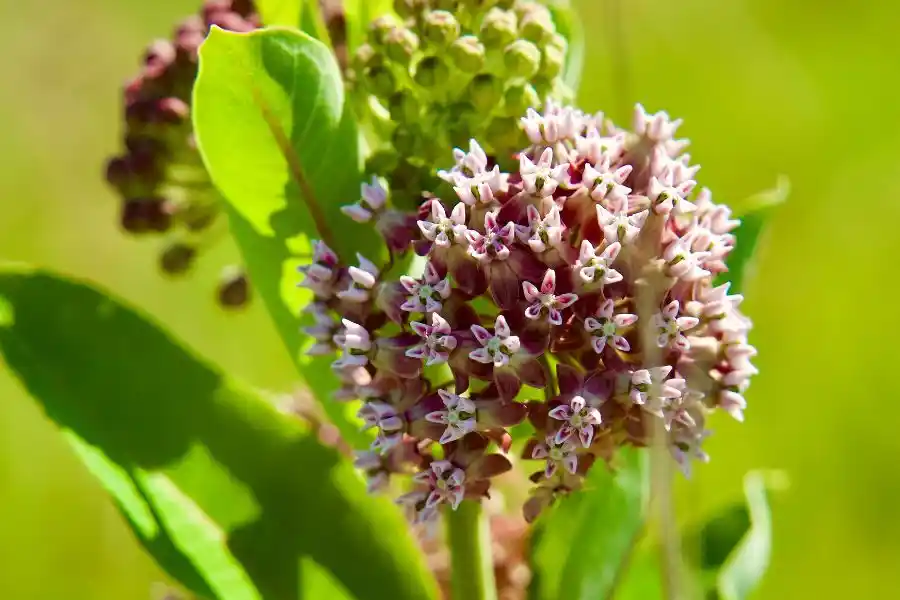
Late spring to mid-summer
Milkweed is famous for being the host plant for monarch butterflies. Nectar is also abundant in its clusters of pink, orange, or white blossoms – a favorite of bees and other butterflies.
Planting milkweed is a practical way to help protect endangered butterfly species.
Coneflowers
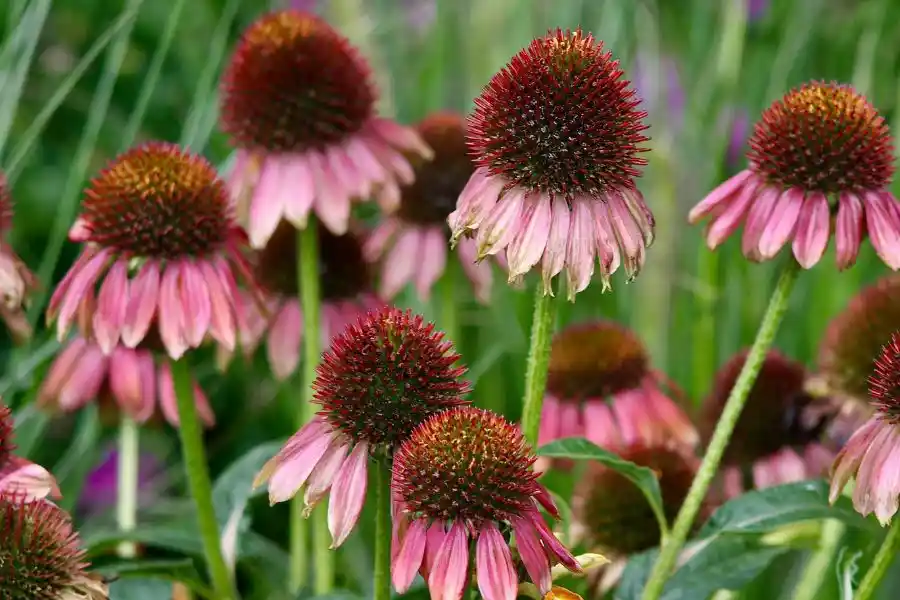
Bloom time: Early summer to fall
These daisy-like flowers have big, robust centers that are ideal for bees and butterflies to land on. They are purple, pink, and white.
Coneflowers provide a reliable food supply for pollinators throughout the year because they are resilient, drought-tolerant, and bloom for months.
Panicle Hydrangea
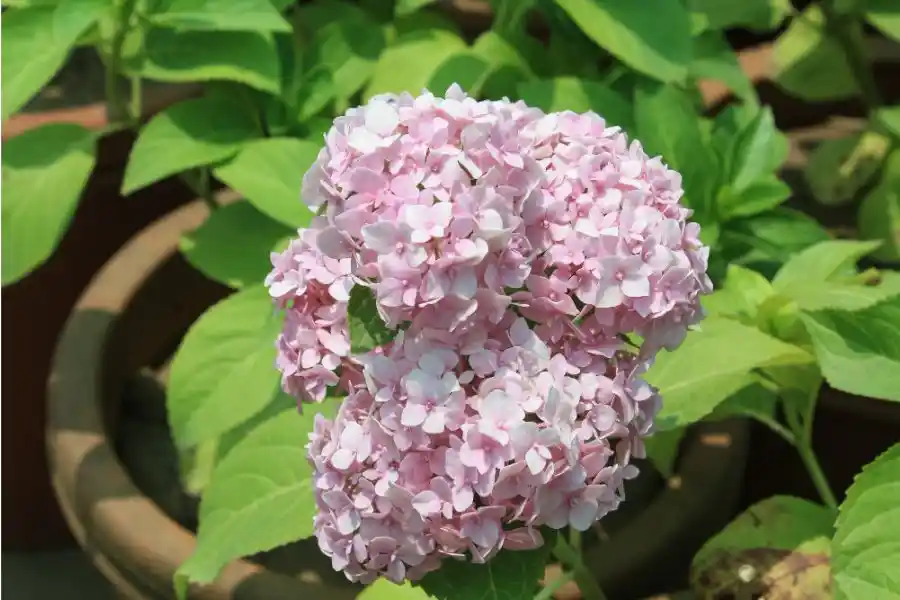
Bloom time: Mid-summer to early fall
This type of flower has big, cone-shaped inflorescences, pink or white color. They are visited by bees and butterflies in search of nectar, particularly in the late season when other flowers begin to fade.
These resilient shrubs are ideal for enhancing any area with volume and pollinator-friendly beauty.
Zinnias
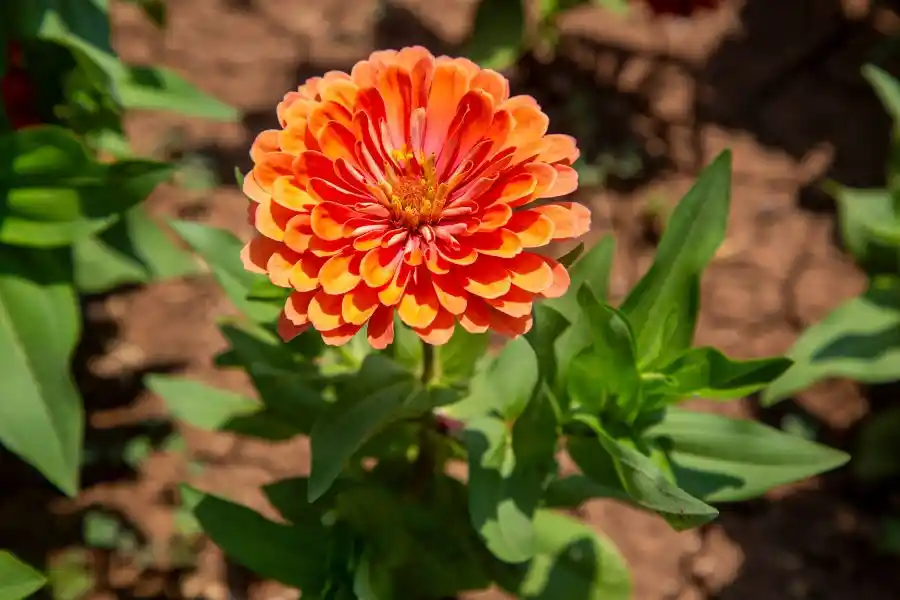
Bloom time: Summer to fall
Zinnias are so vibrant and vivid that hummingbirds, butterflies, and bees can't resist them. They bloom continuously throughout the summer and have open, easy-access blossoms in almost every color.
Zinnias are a simple way to help pollinators because they are also easy for beginners to grow.
Butterfly Bush
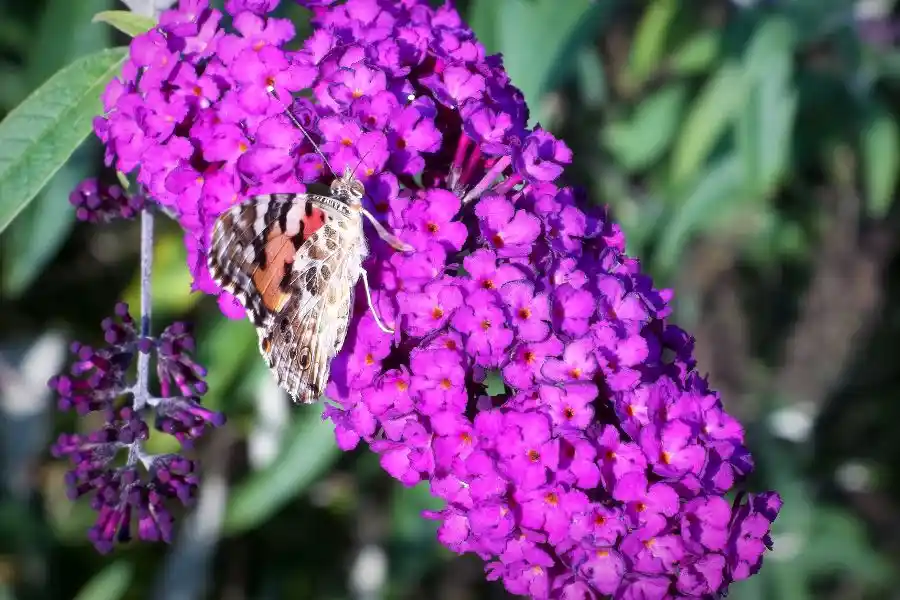
Bloom time: Mid-summer to fall
As the name suggests, butterflies love this plant. Hummingbirds, bees, and butterflies are drawn to its tall, fragrant flower spikes.
These flowers for pollinators bloom from summer to fall. They come in purple, pink, white, and blue hues and provide rich nectar.
Salvia
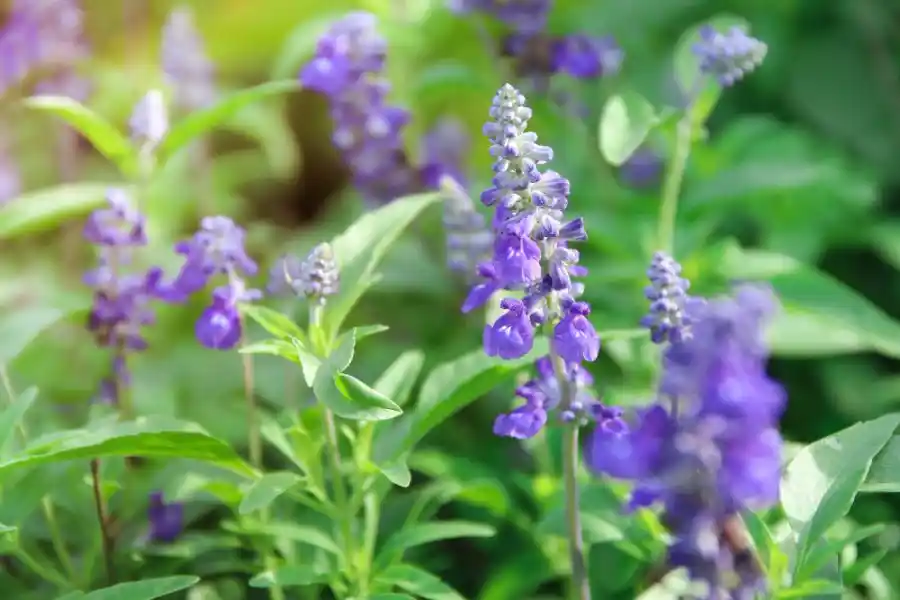
Bloom time: Late spring to fall
Hummingbirds and bees love these tubular, nectar-filled blossoms. Salvias' upright spikes and vivid red, purple, and blue blooms make any garden stunning.
They require little care because they can withstand drought and grow well in sunny areas.
Bee Balm
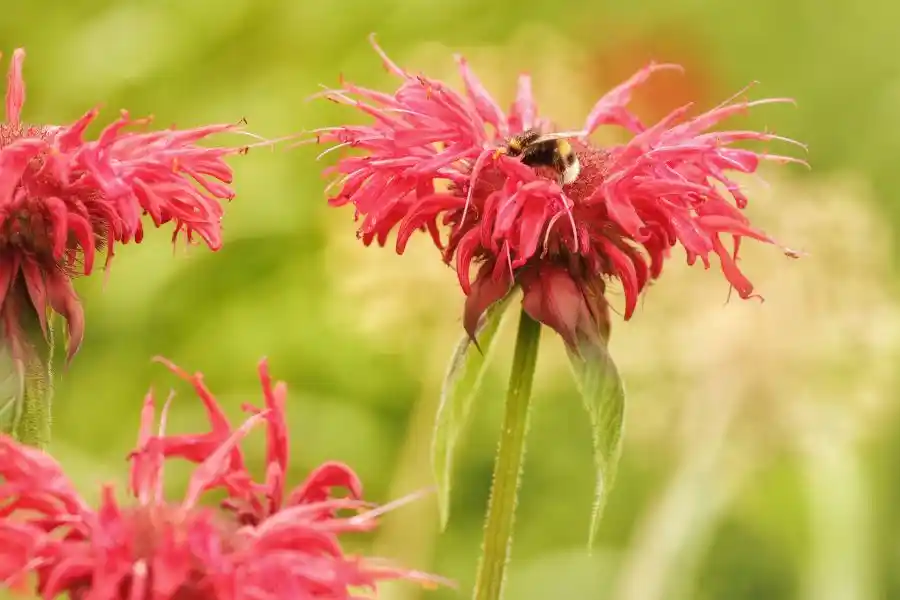
Bloom time: Mid-summer
Those bright spiky blossoms of bee balm attract many hummingbirds, butterflies, and bees. They come in red, pink, purple, and white, giving your yard a wild, organic beauty. Plus, it is a natural cure for mild sniffles and aches
Yarrow

Bloom time: Late spring to summer
Bees and butterflies are drawn to yarrow's flat clusters of tiny yellow, pink, or white blooms. Blooming from spring to fall, it is a hardy plant that can withstand drought.
Yarrow is a garden versatile plant that also provides cover for little insects.
| Quick Look | |
| Bees | Sunflower, lavender, allium, catmint, tickseed, milkweed, coneflower, panicle hydrangea, zinnias, butterfly bush, bee balm, yarrow |
| Butterflies | Sunflower, allium, catmint, tickseed, milkweed, coneflower, panicle hydrangea, zinnias, butterfly bush, salvia, bee balm, yarrow |
| Hummingbirds | Allium, zinnias, butterfly bush, salvia, bee balm |
Worst Flowers That Pollinators Don’t Like
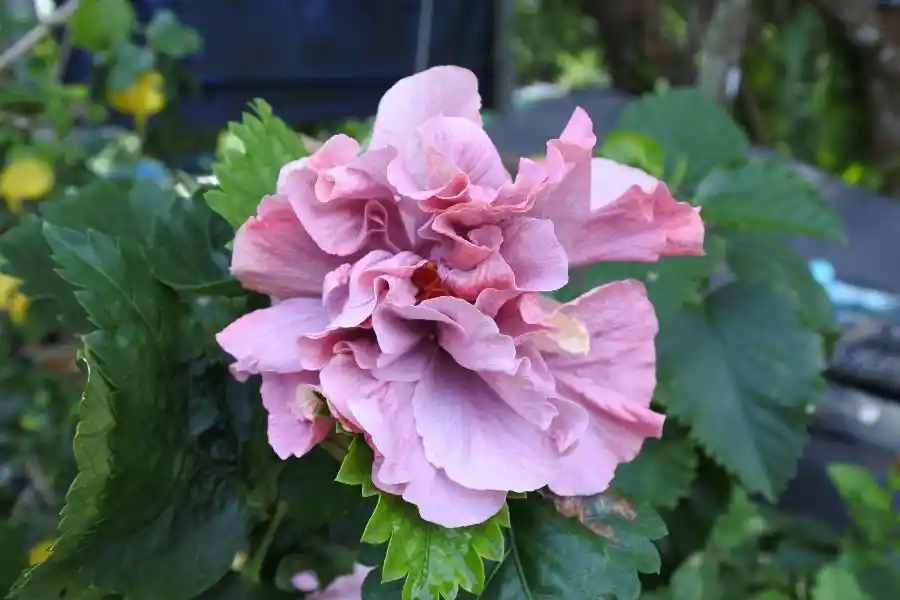
Not all flowers are good for pollinators. They can even do more harm, and you need to avoid:
- Double-flowered blooms: They look pretty, for sure. But since they have too many petals, bees and butterflies find it hard to reach the nectar. Double petunias, impatiens, and begonias are some names you can call.
- Invasive plants: They might offer nectar, but they can spread very quickly. It means that they will push out native flowers that pollinators actually need.
- Yellow Jessamine: You may not know, but this type of flower is toxic to bees and other helpful insects.
- Swamp Titi: It makes lots of nectar. But be careful! Swamp Titi can cause a deadly condition called purple brood in bee larvae.
Bottom Line
So, you have learned some best flowers for pollinators to access, while avoiding those that can harm them. Even a few carefully chosen plants can make a big difference to your yard or small balcony.
Why wait, then? Pick your favorite flowers from the list and start growing your colorful and bustling haven for pollinators today!

